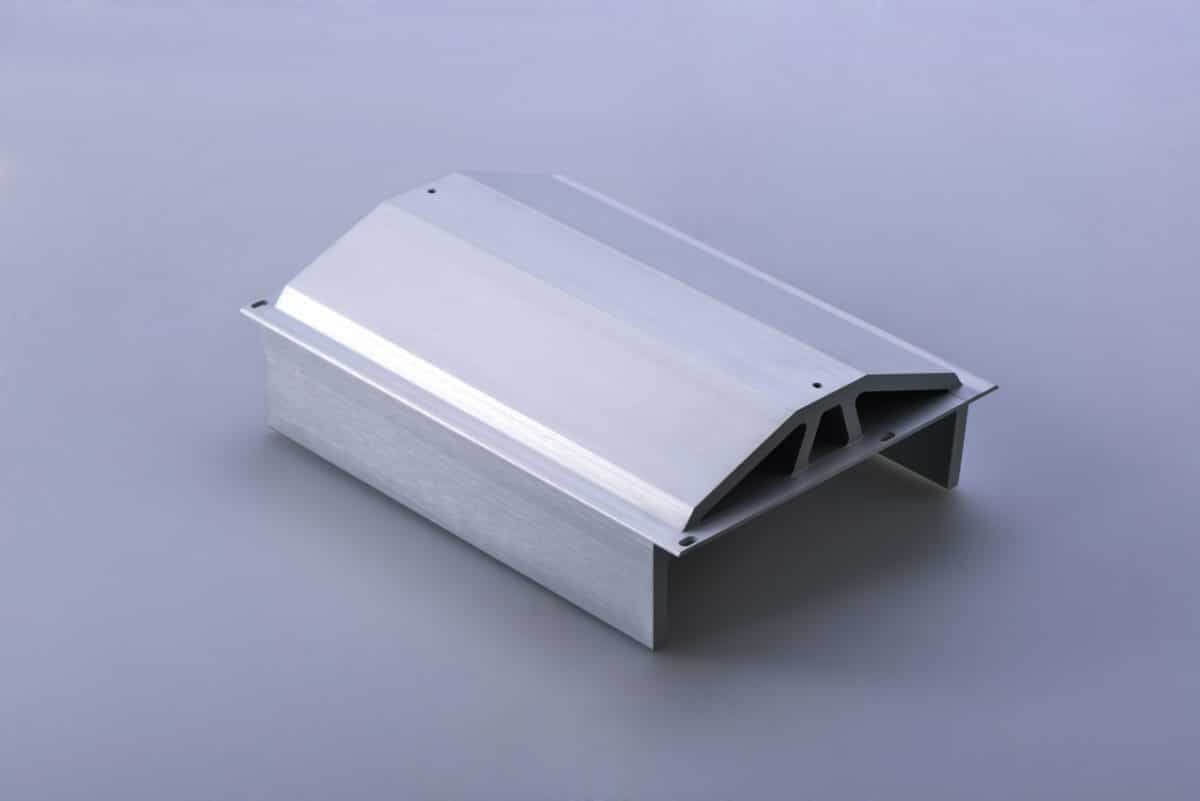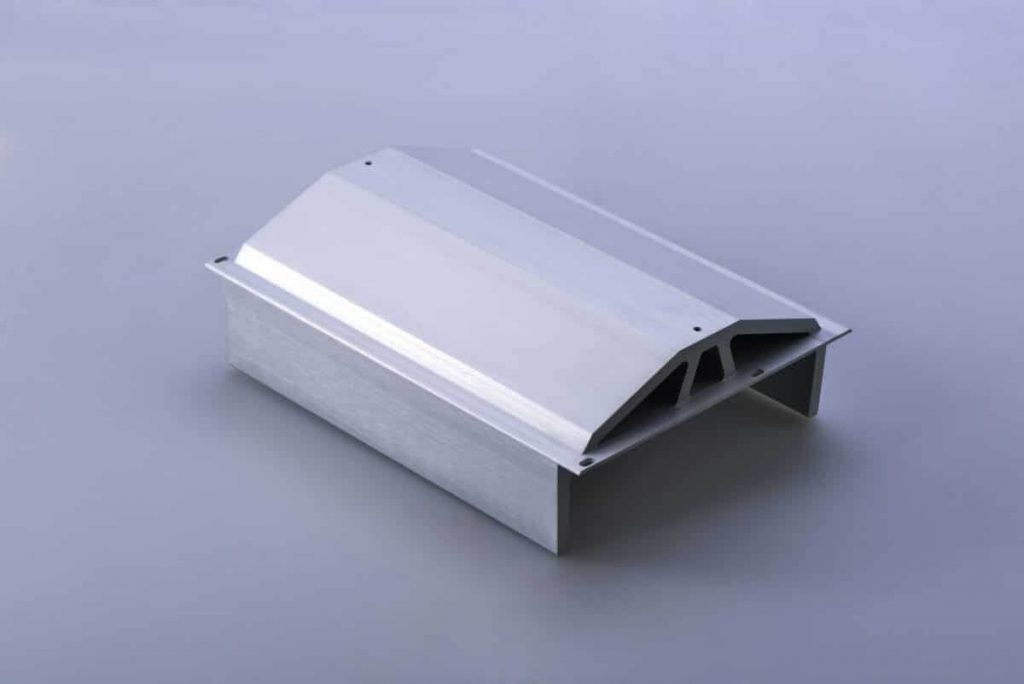
Aluminum Prices: What’s Happening?
Aluminum prices are changing. It is one of the most prevalent elements on the earth. In fact, there is more aluminum than iron in the crust of the world.
But oxygen is merely a passion for aluminum. You may have seen iron rust when it oxidizes. Even with salt and water added, that procedure still takes a long time. More or less instantly, oxygen and aluminum combine. The aluminum oxide now creates an oxygen-proof barrier that shields the remaining aluminum in a huge chunk of aluminum. This is what occurs if you prevent the formation of that barrier, for example by introducing a small amount of mercury.
Then someone discovered a method to lower the cost of aluminum. You employ electricity rather than pure heat. One of the electrical nodes attracts the aluminum, and when you add carbon to the process, oxygen joins with it. While far less expensive than using only heat, this method still consumes a significant quantity of electricity. For the process to be cost-effective, aluminum smelters must be close to a supply of inexpensive electrical power. Niagara Falls, New York, hosted the construction of the first substantial one. One of the larger ones is now located in Quebec, which has an abundance of cheap electric power.
After top consumer China relaxed coronavirus-related restrictions, fueling speculation of a larger relaxation in measures and providing a short-term positive outlook for demand, aluminum futures were trading around the $2,400 per tonne level, close to levels not seen since mid-August.
Although Aluminum prices are up, the long-term outlook is still unclear
On the supply side, the LME has chosen not to impose a restriction on the trading and storage of Russian metal in its facilities because a sizable portion of the market still intends to purchase the nation’s metal in 2023.
However, the metal is still down around 40% from the record high numbers earlier this year. This is due to ongoing worries that an aggressive tightening campaign by major central banks. They could cause a worldwide recession that will sap demand.
The largest US manufacturer of aluminum, Alcoa, has cautioned investors that declining aluminum prices, rising energy expenses, and high raw material costs are placing pressure on margins.
As a result of Russia’s invasion of Ukraine, aluminum prices in March reached an all-time high of almost $4,100 per tonne. Early in April, aluminum prices did increase by about $0.01 per can, but they have subsequently dropped to levels below those of the start of the year.
The impact on can prices depends on what aspect of aluminum’s price rose. The impact of US tariffs of up to 10% on imported aluminum’s pricing would be minimal. About 70% of the aluminum used in cans is recycled. The other 50% is domestically manufactured, so a 15% price rise on the aluminum would only result in a 10% price increase overall.
Additionally, producers should use more recycled and domestically mined aluminum. Other materials will be used in place of aluminum throughout the US. Aluminum may be replaced by plastic or other metals in many applications. Cans can be made larger or otherwise modified to provide more volume per unit of aluminum. This will lower the demand for aluminum and restrain price growth.


